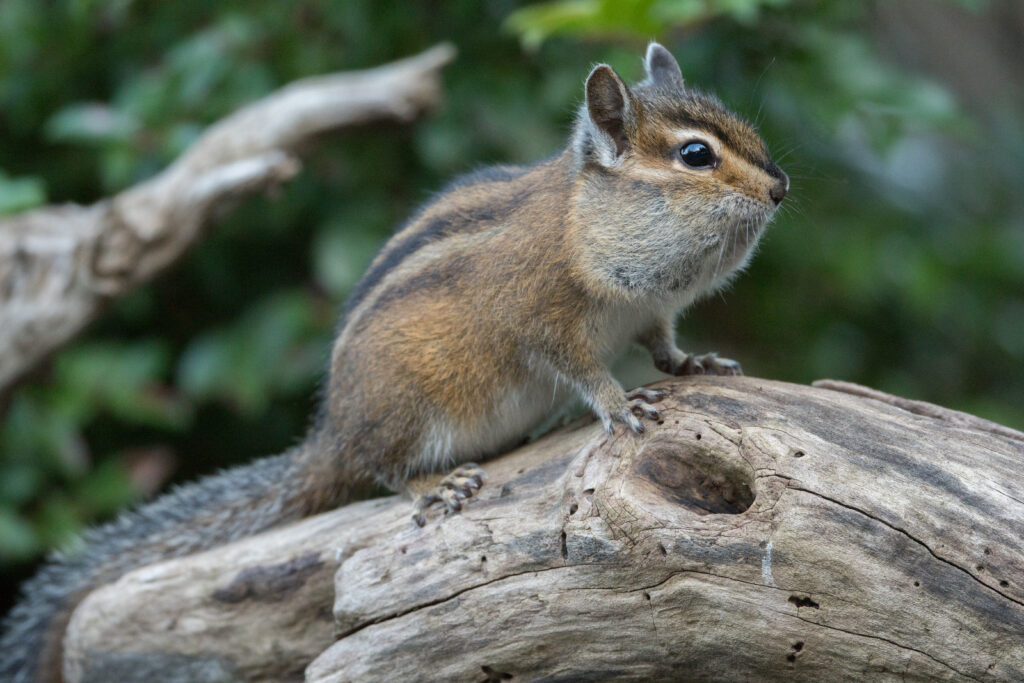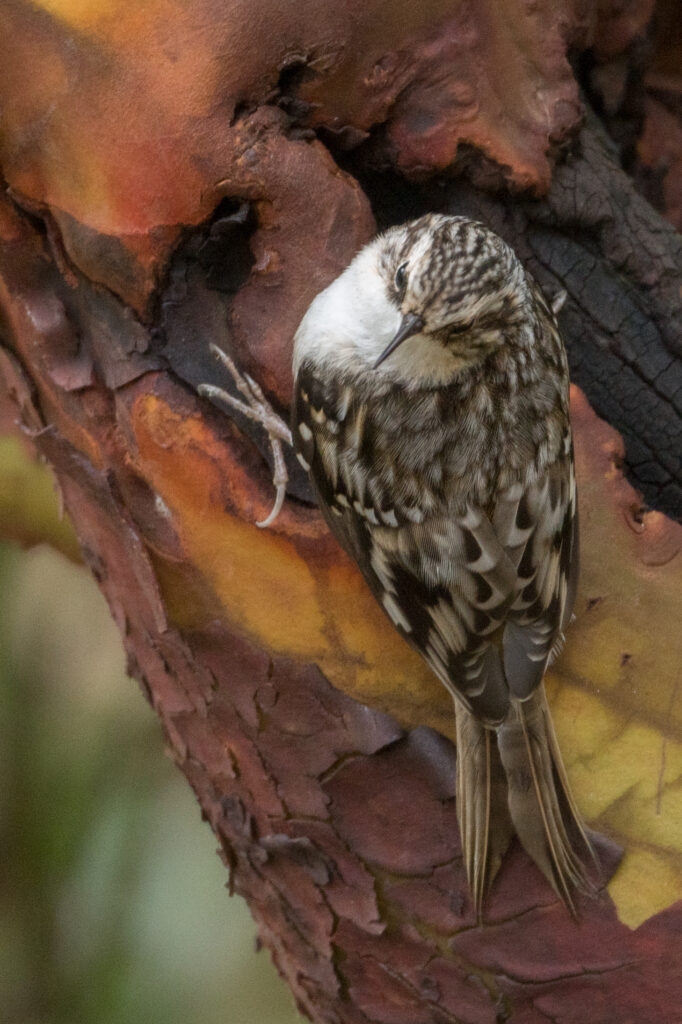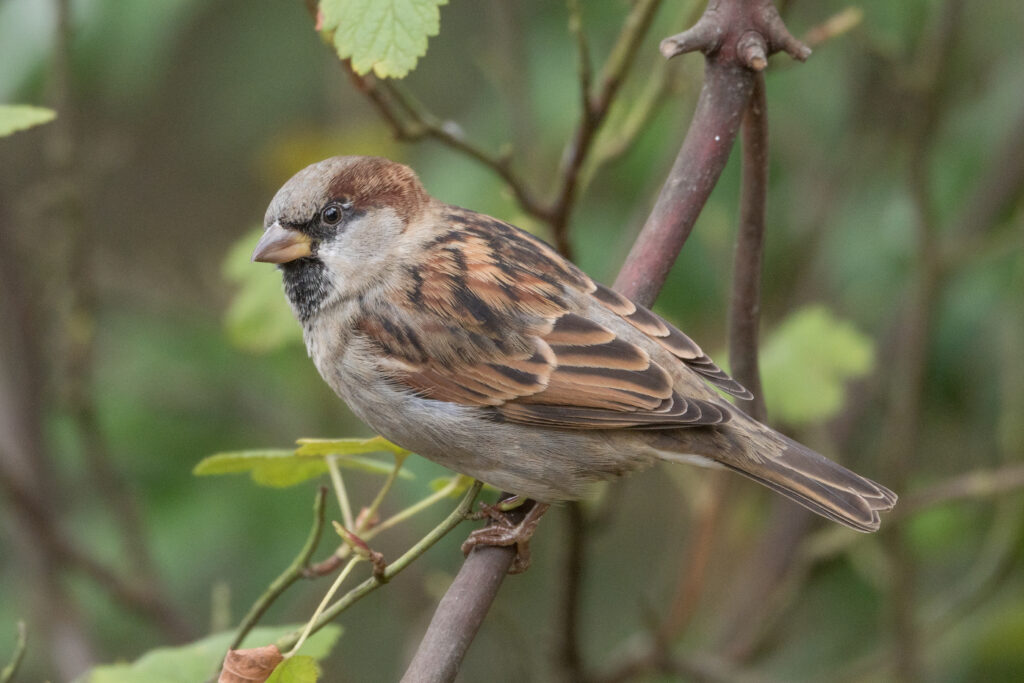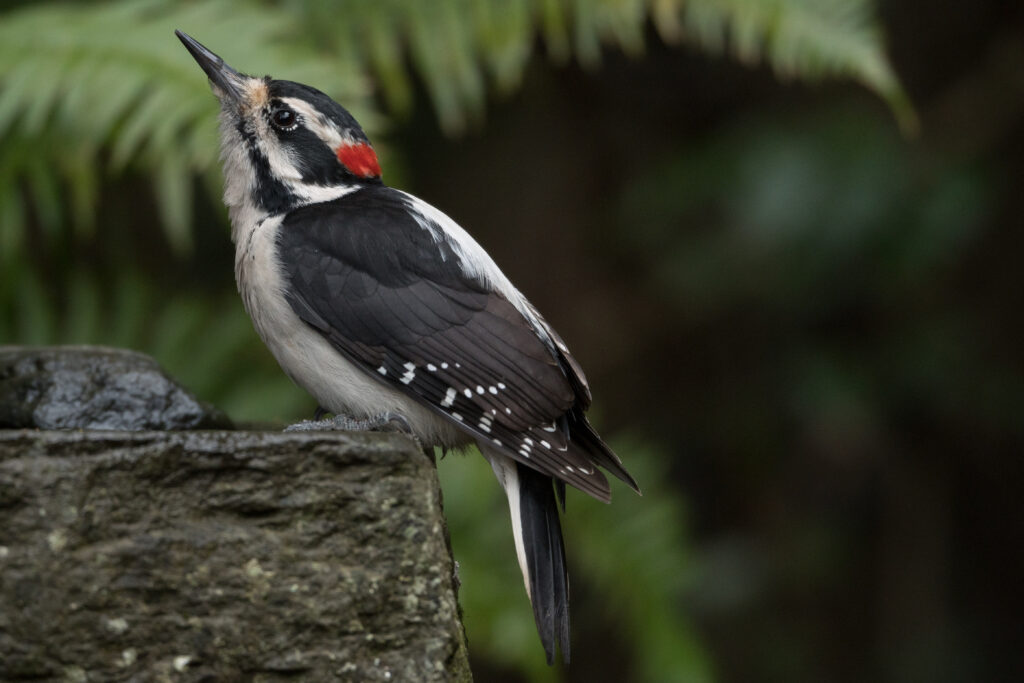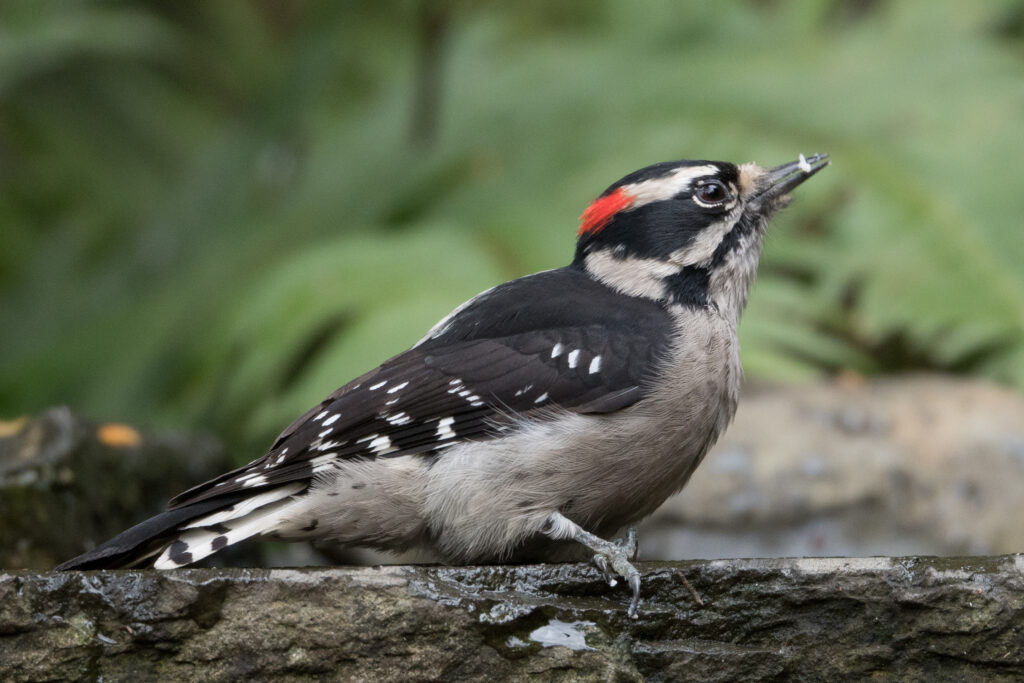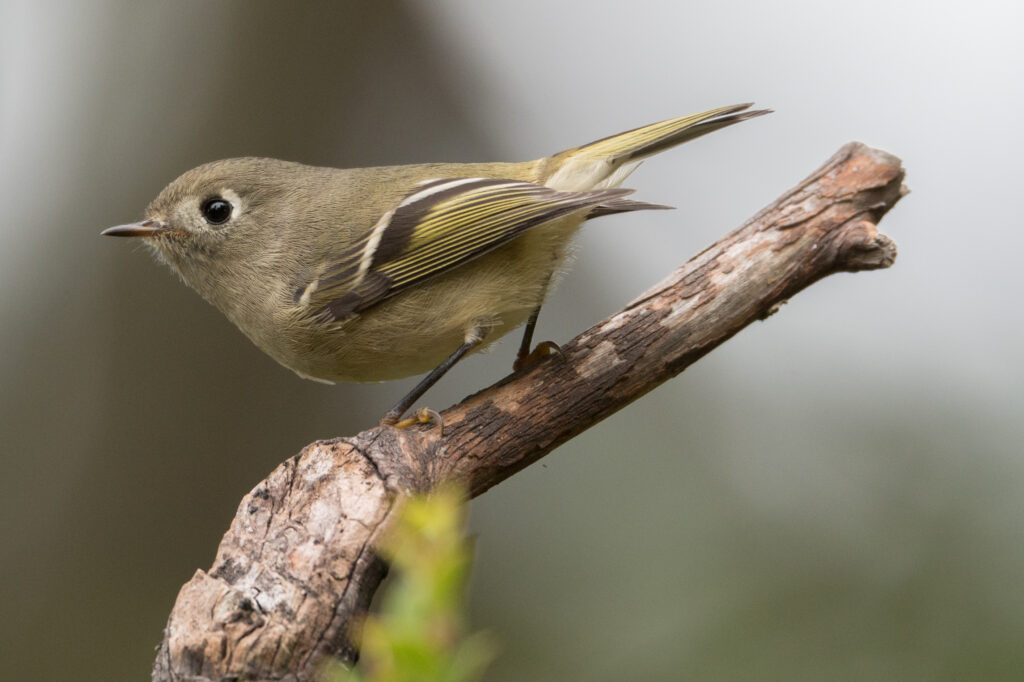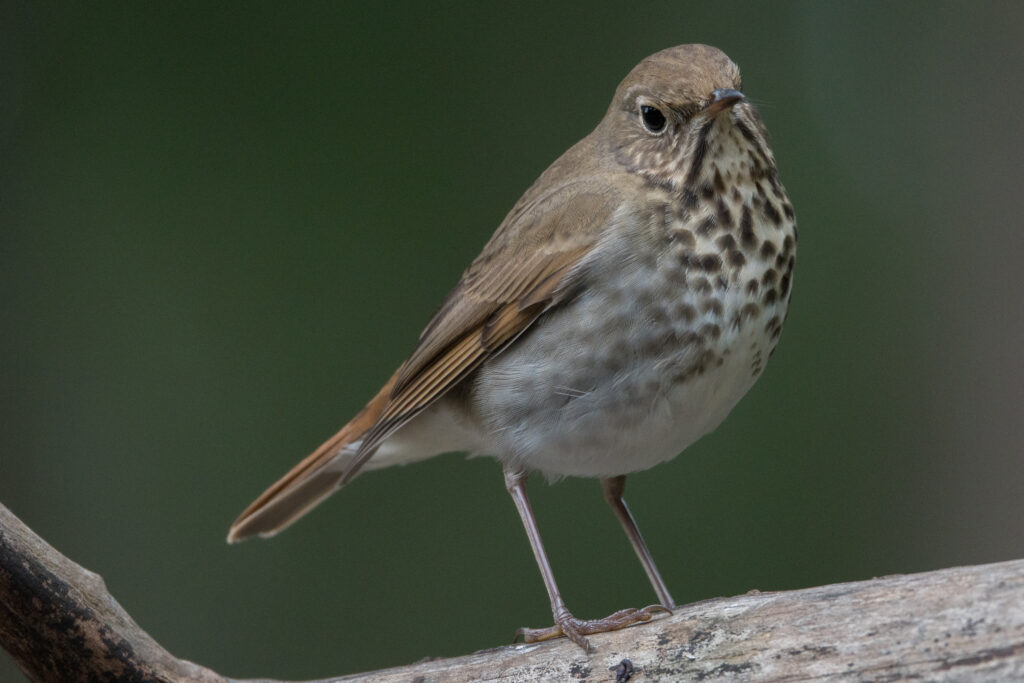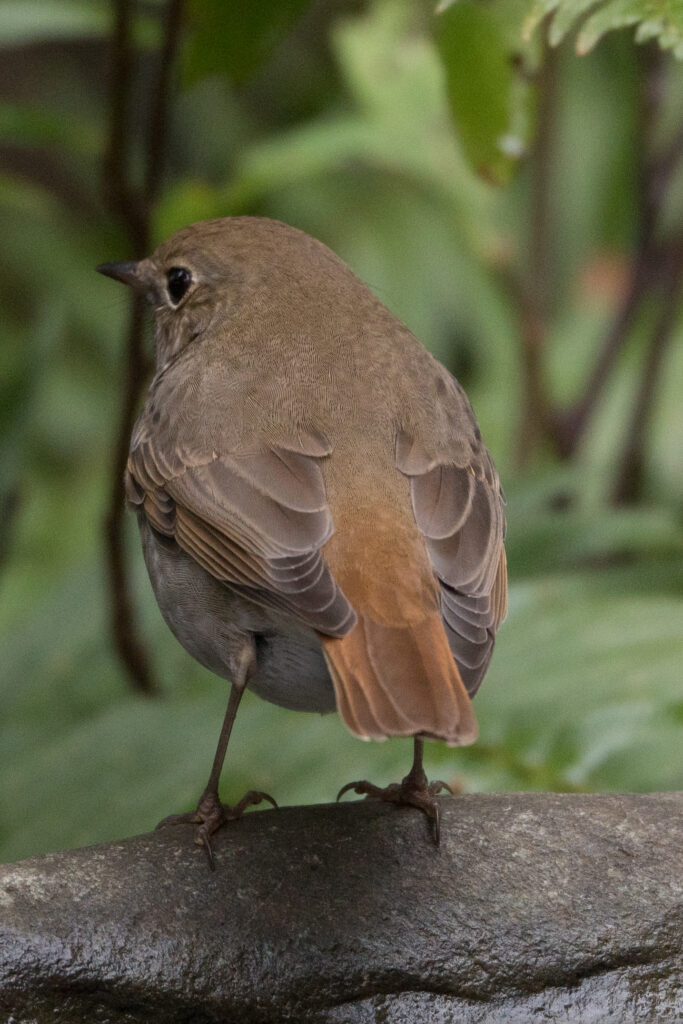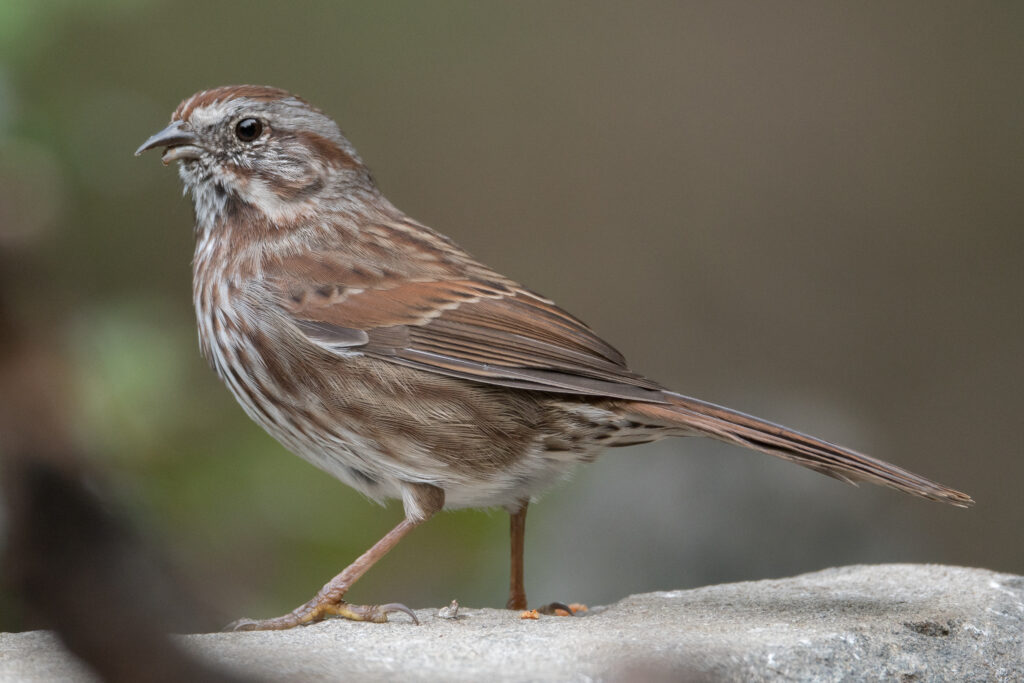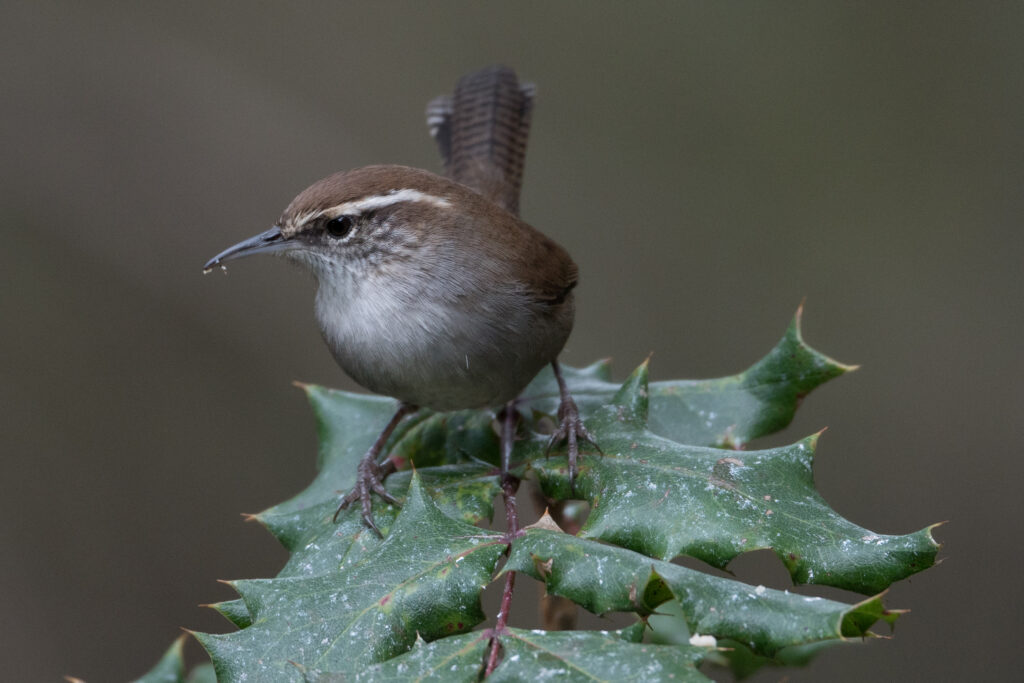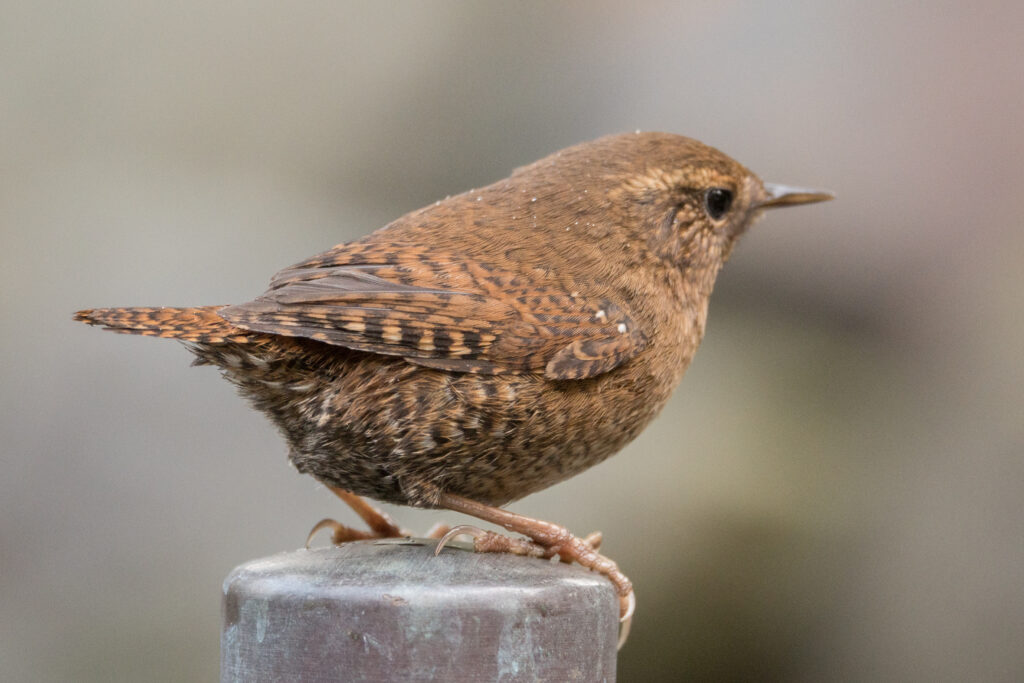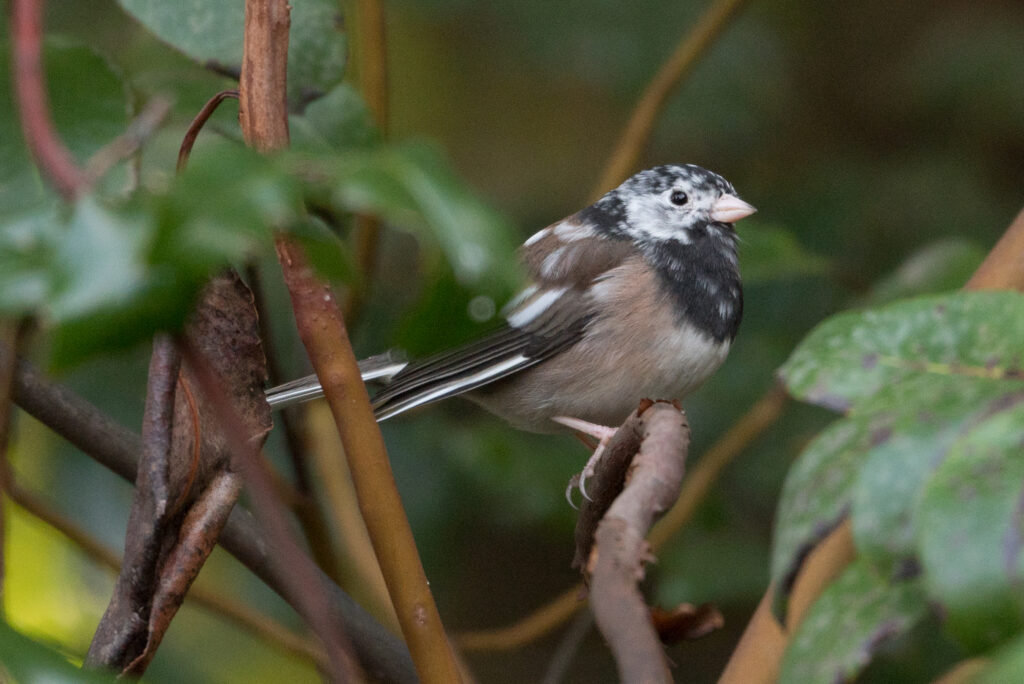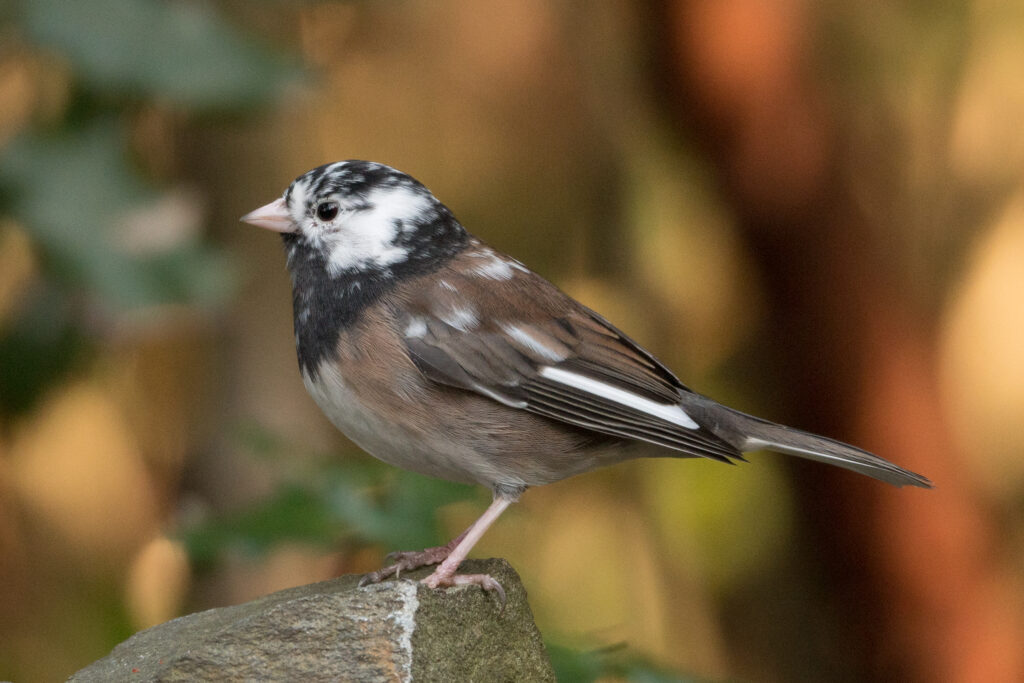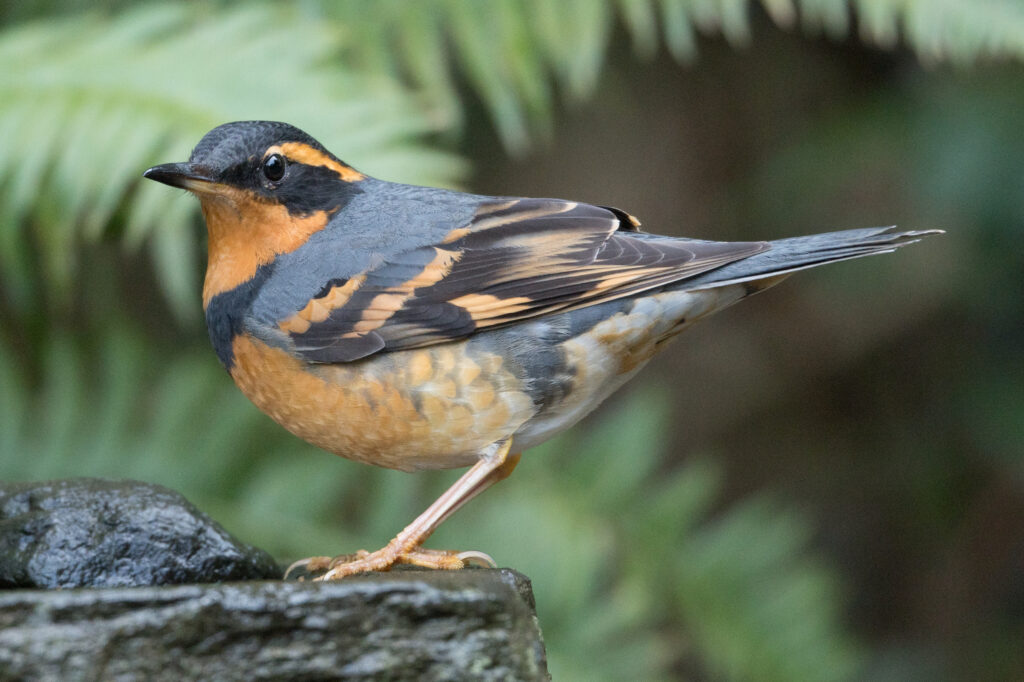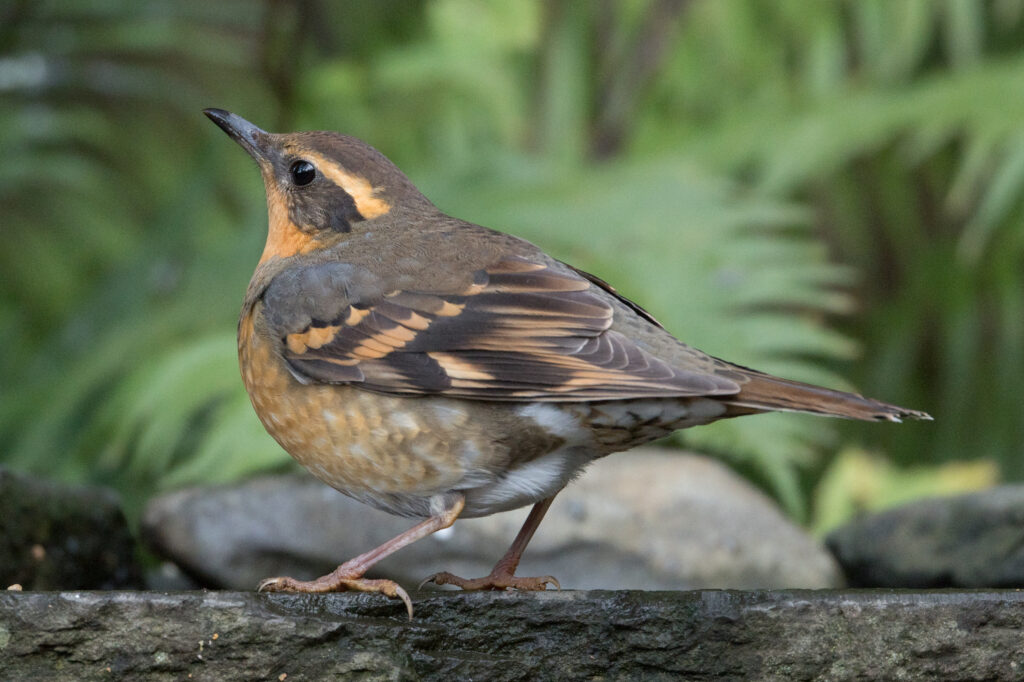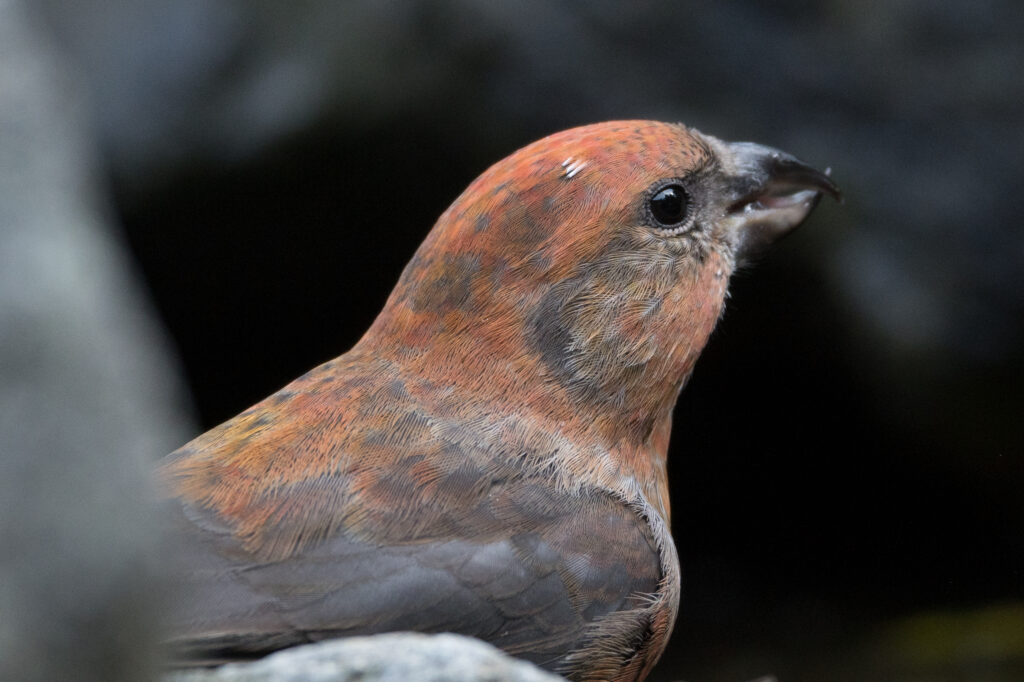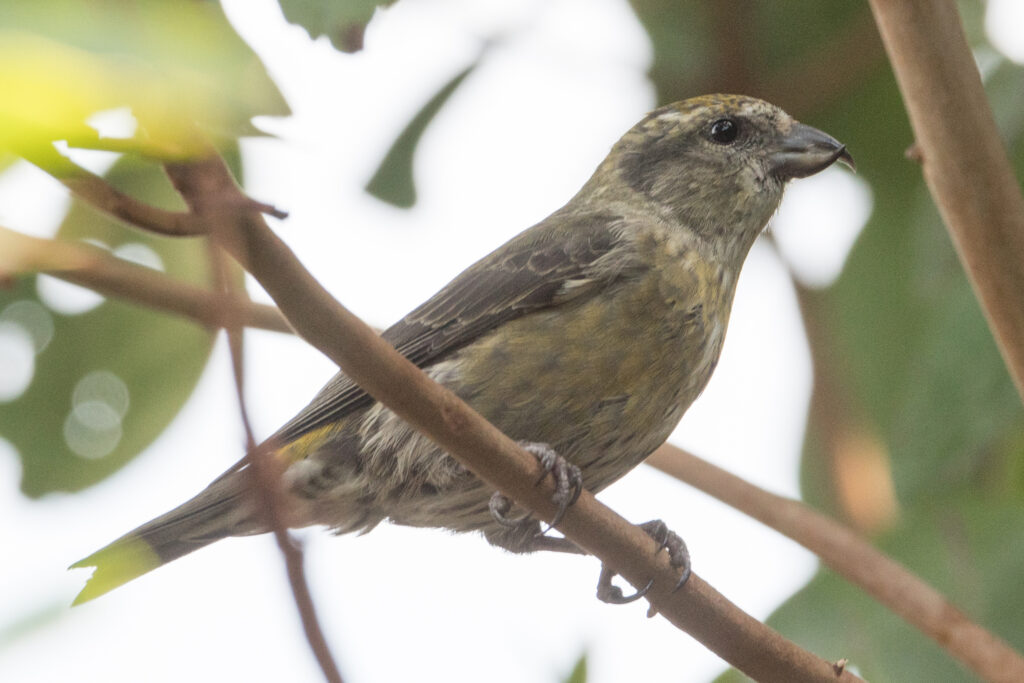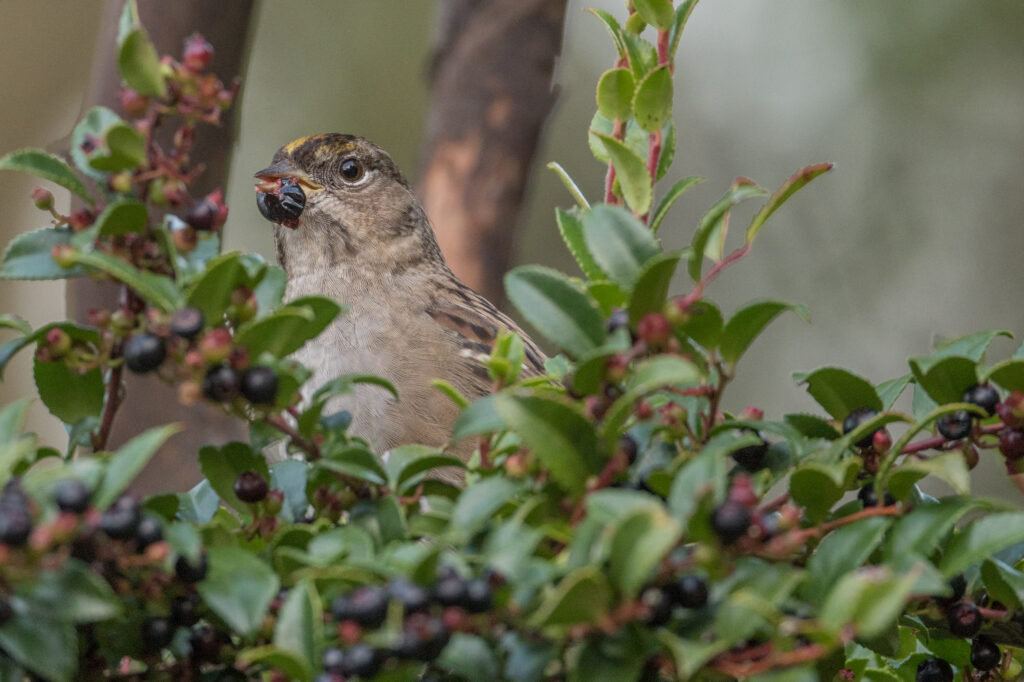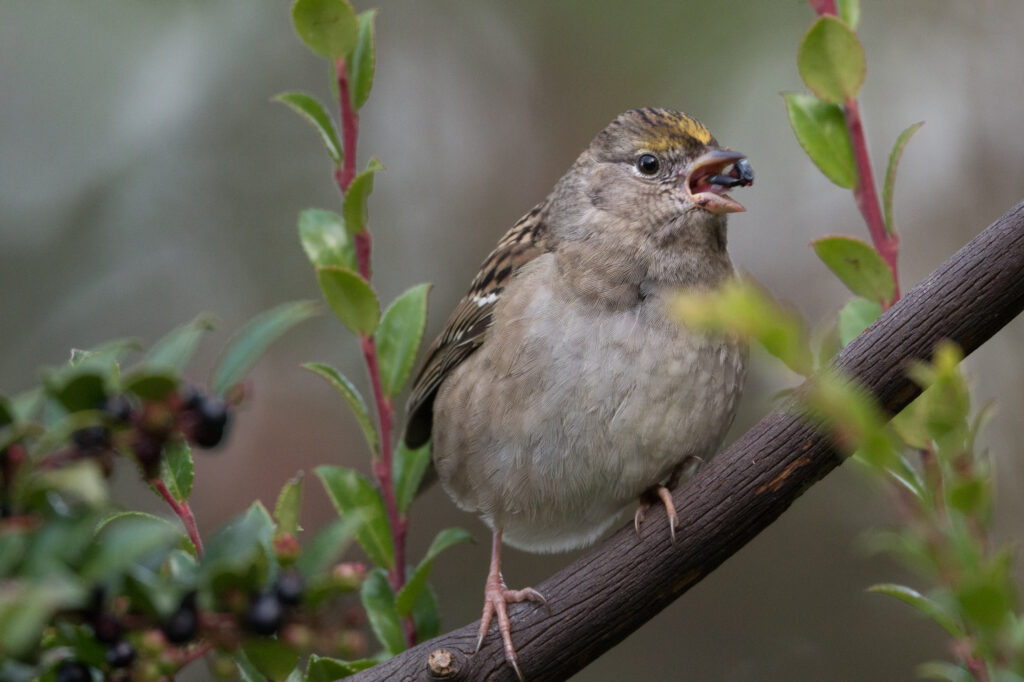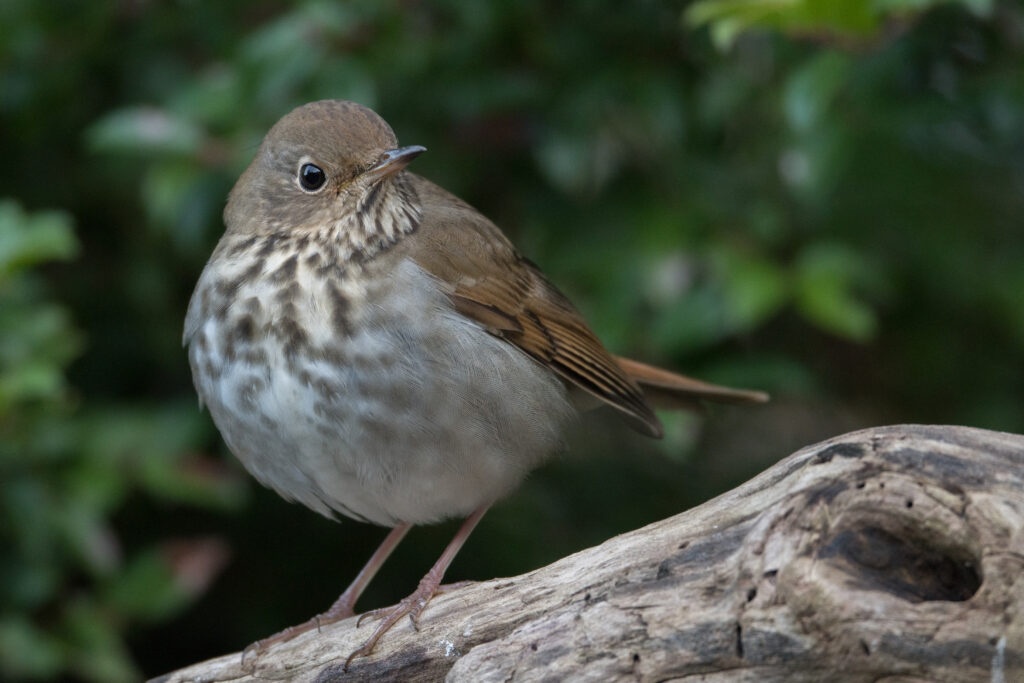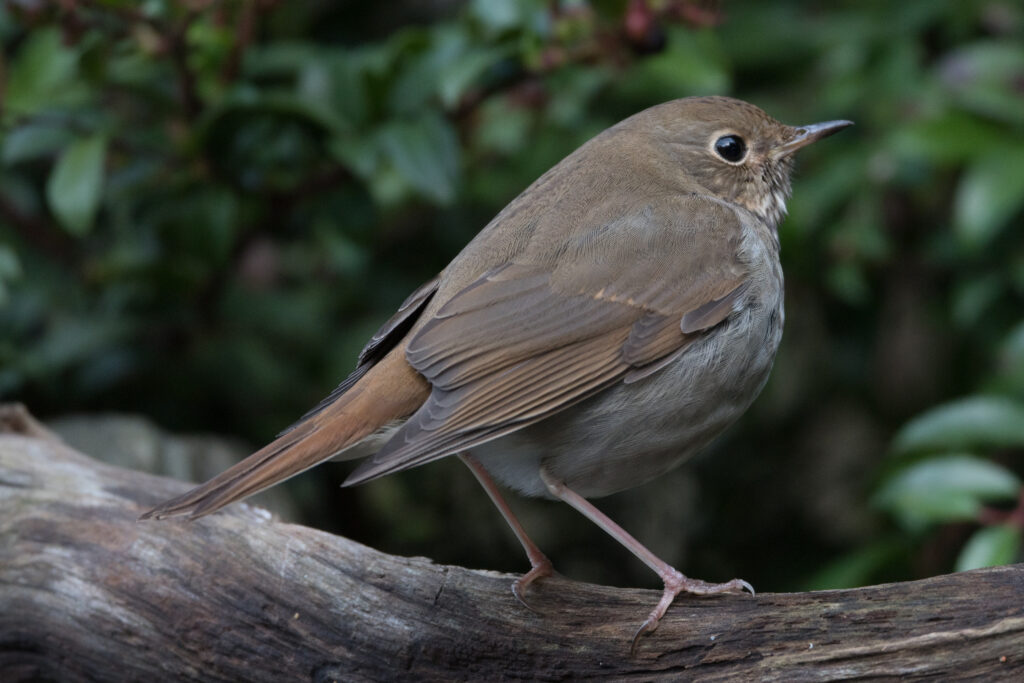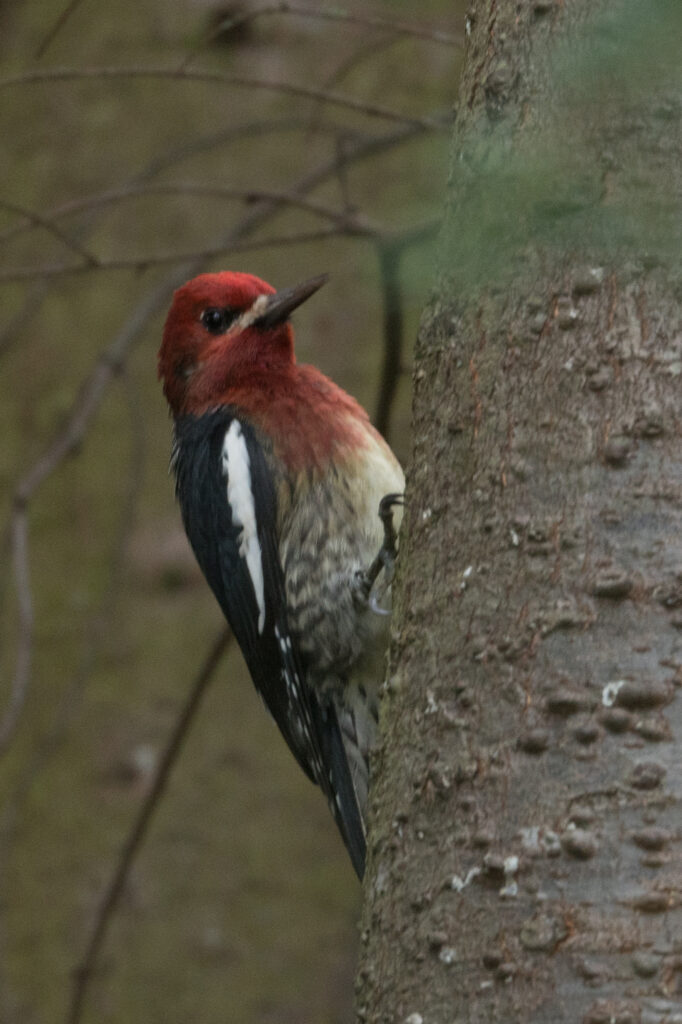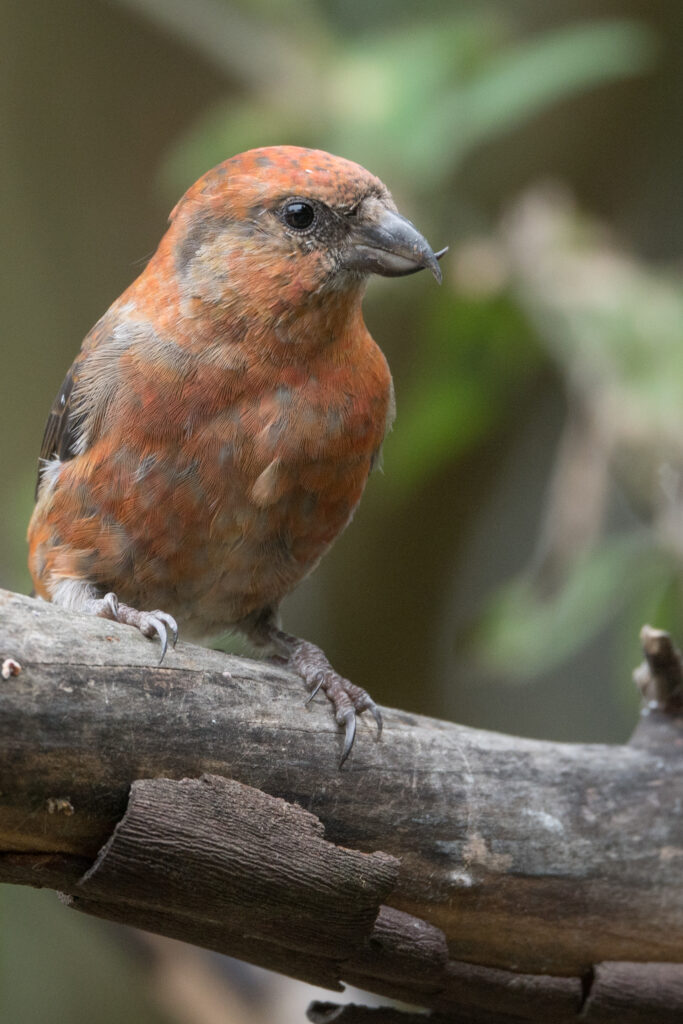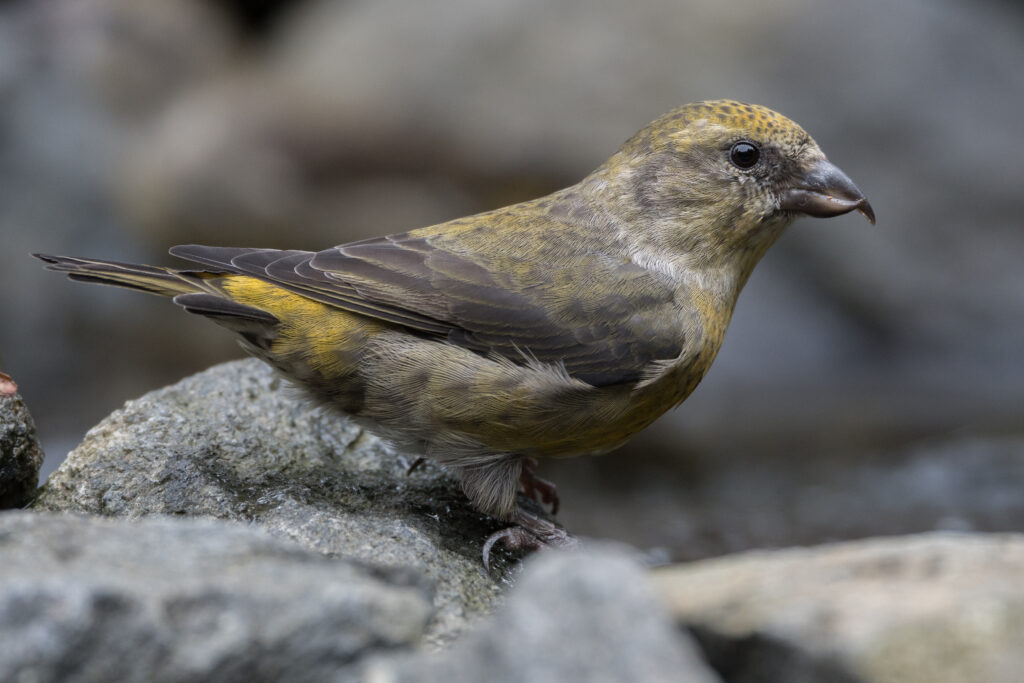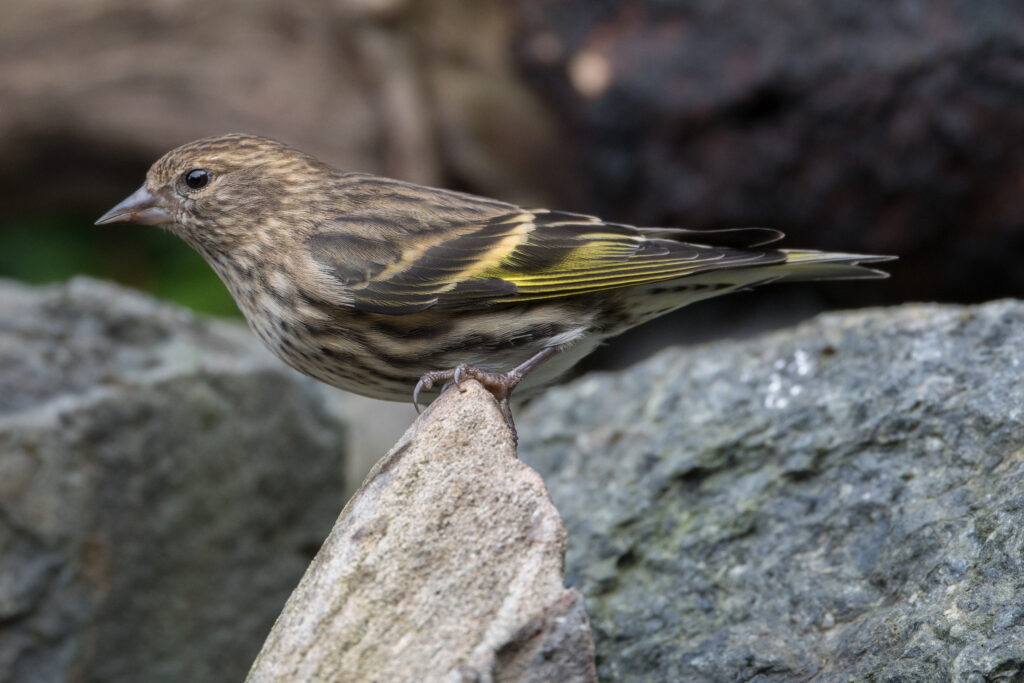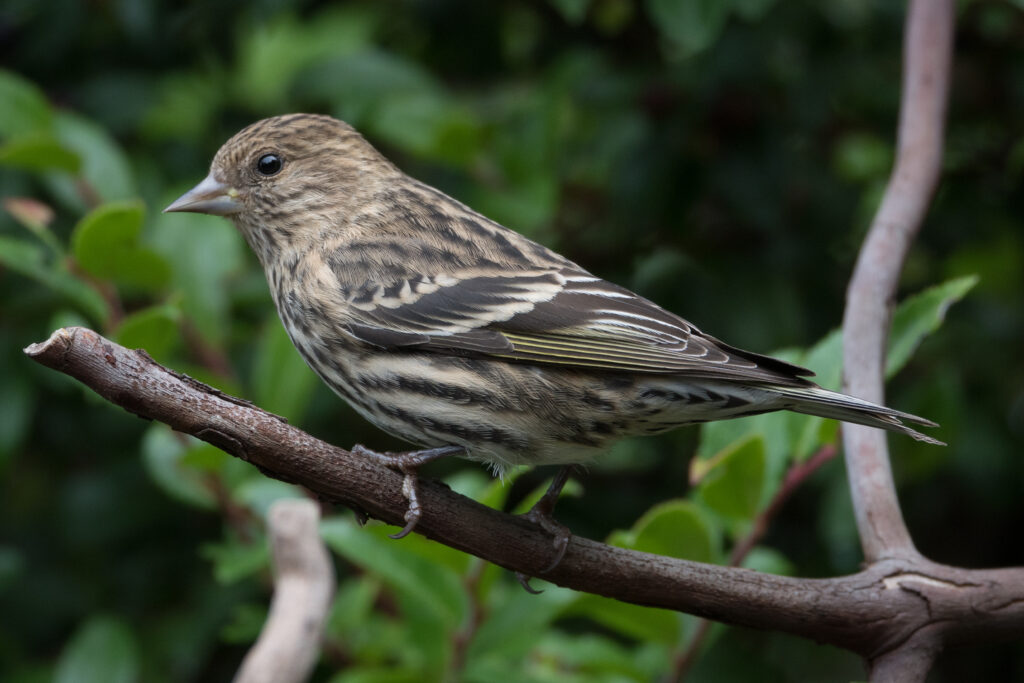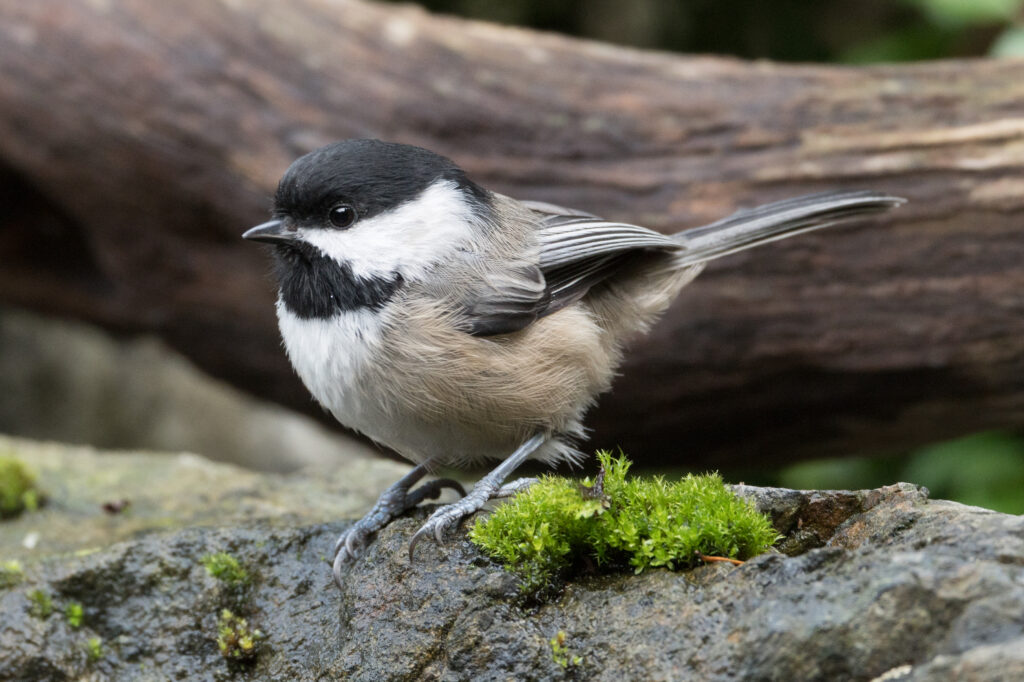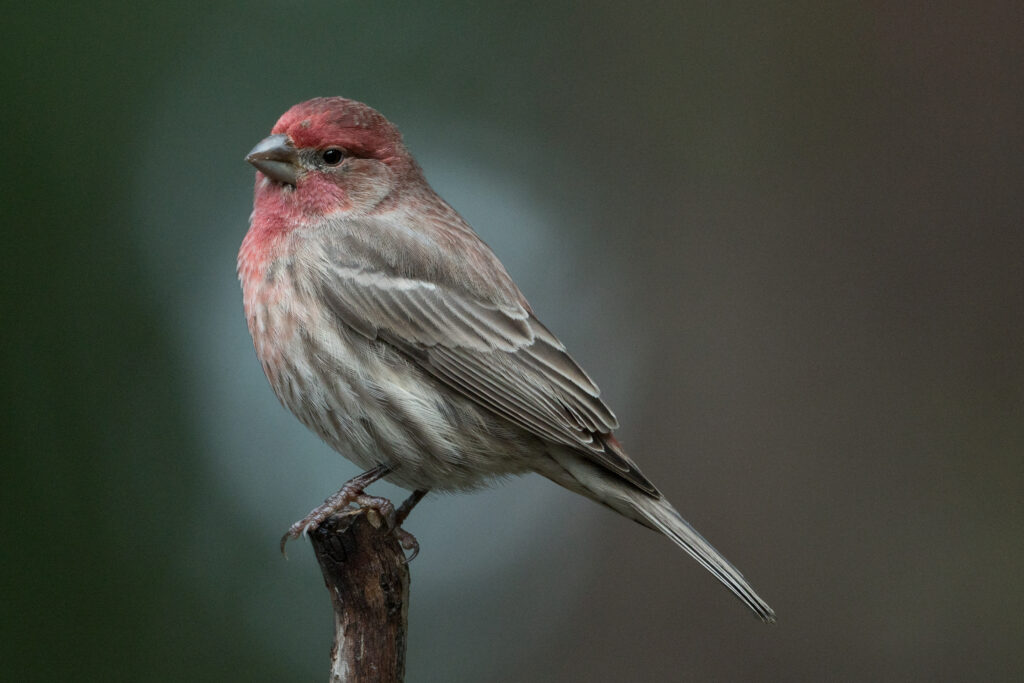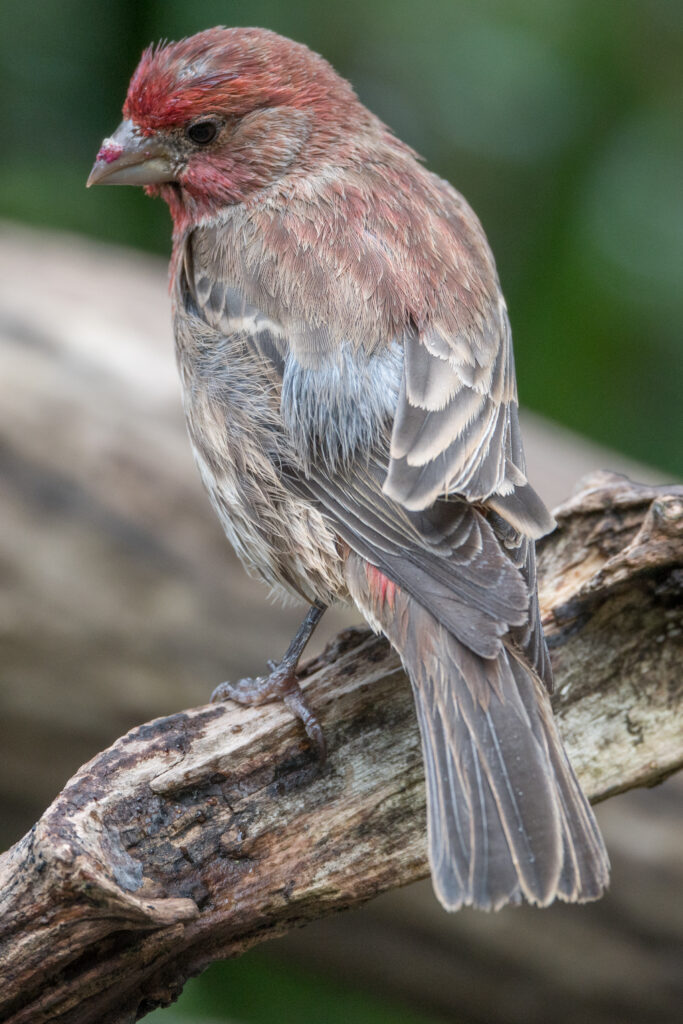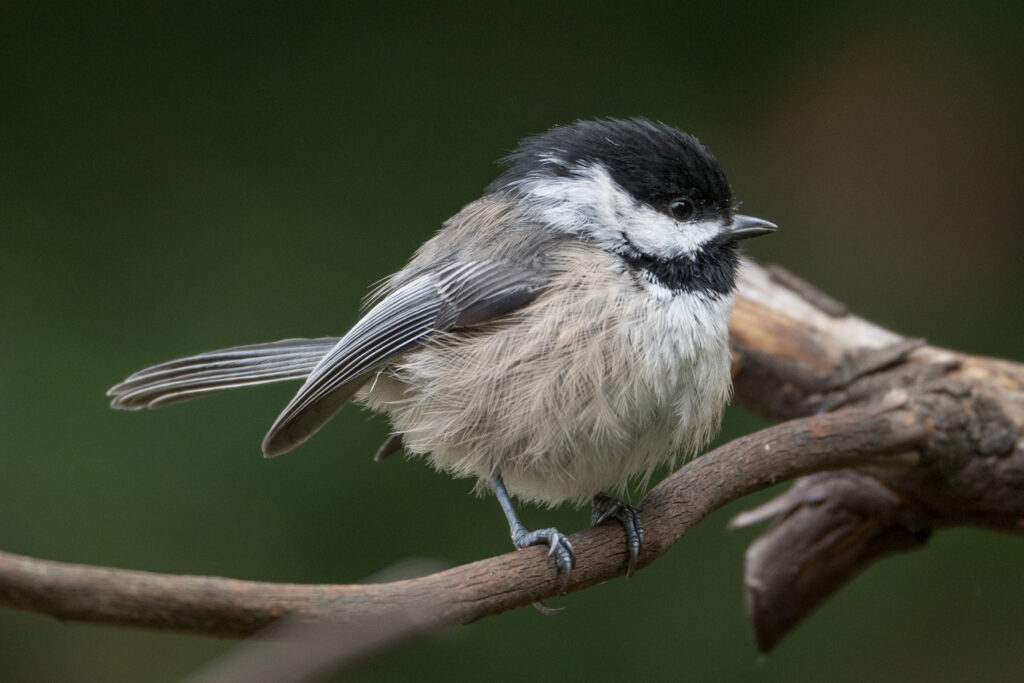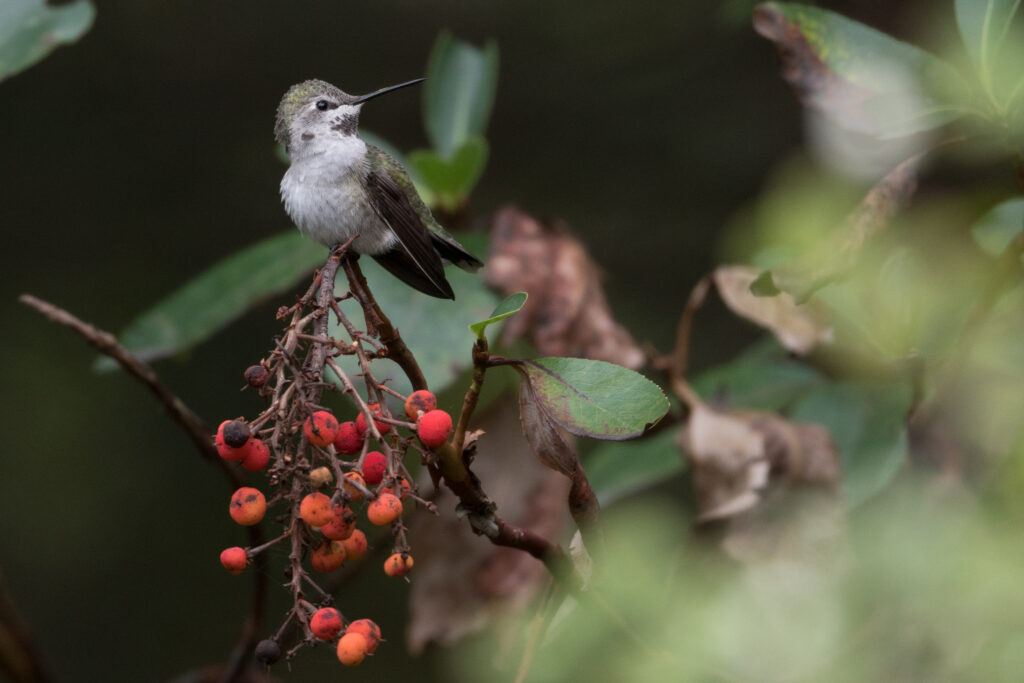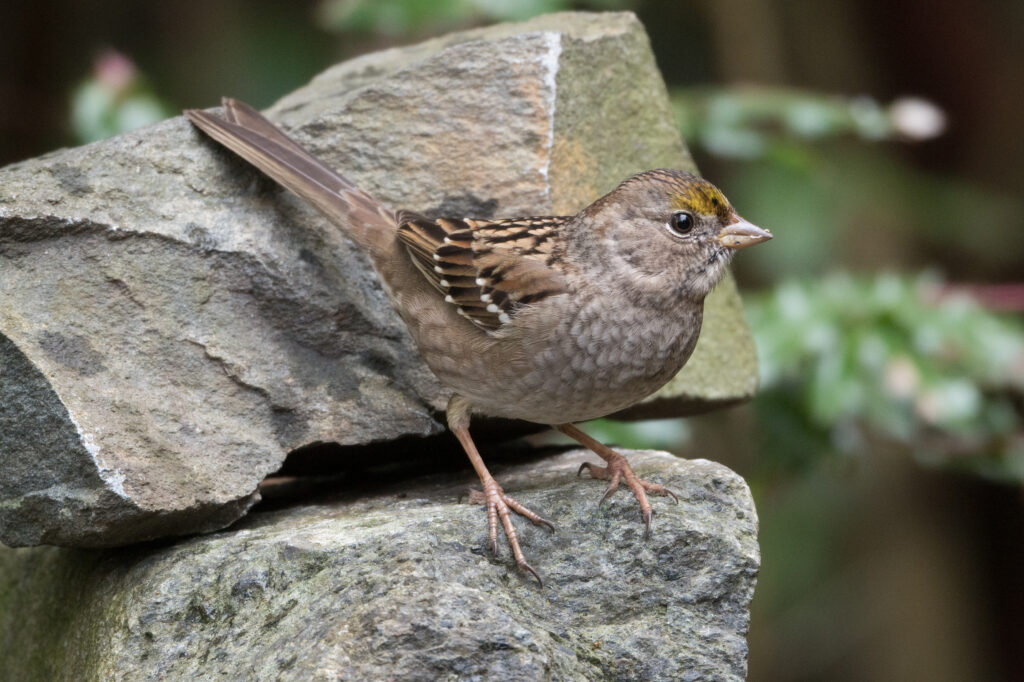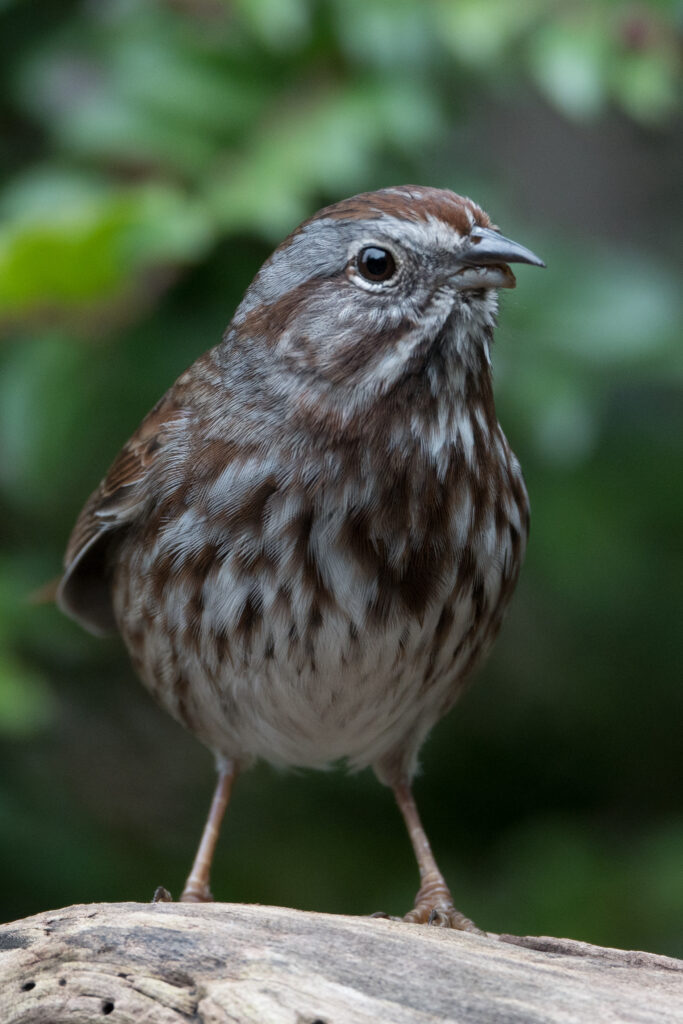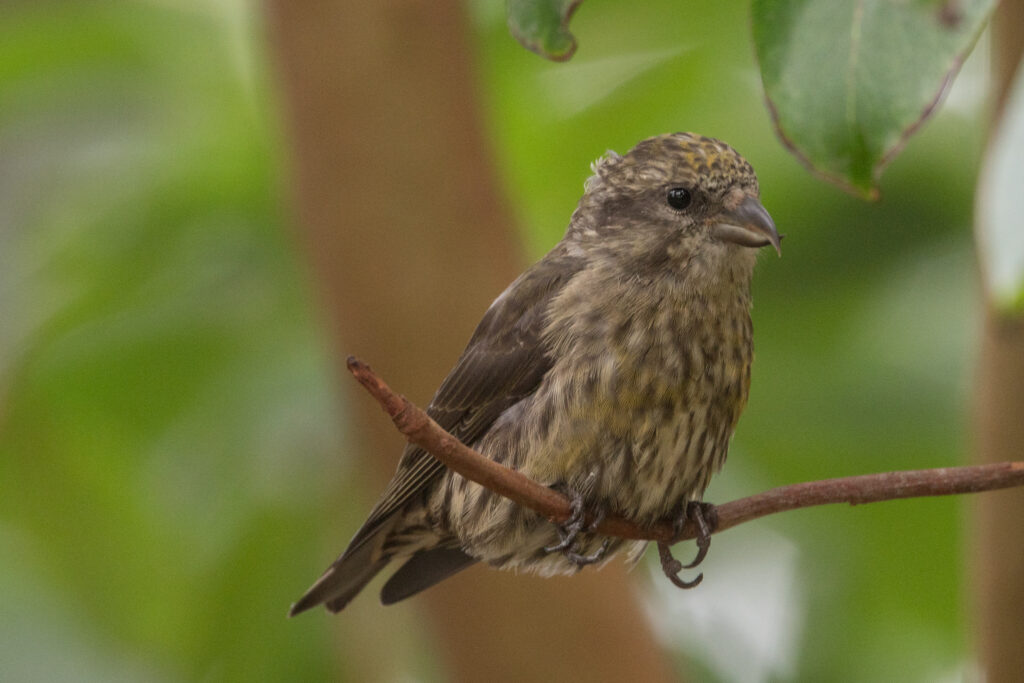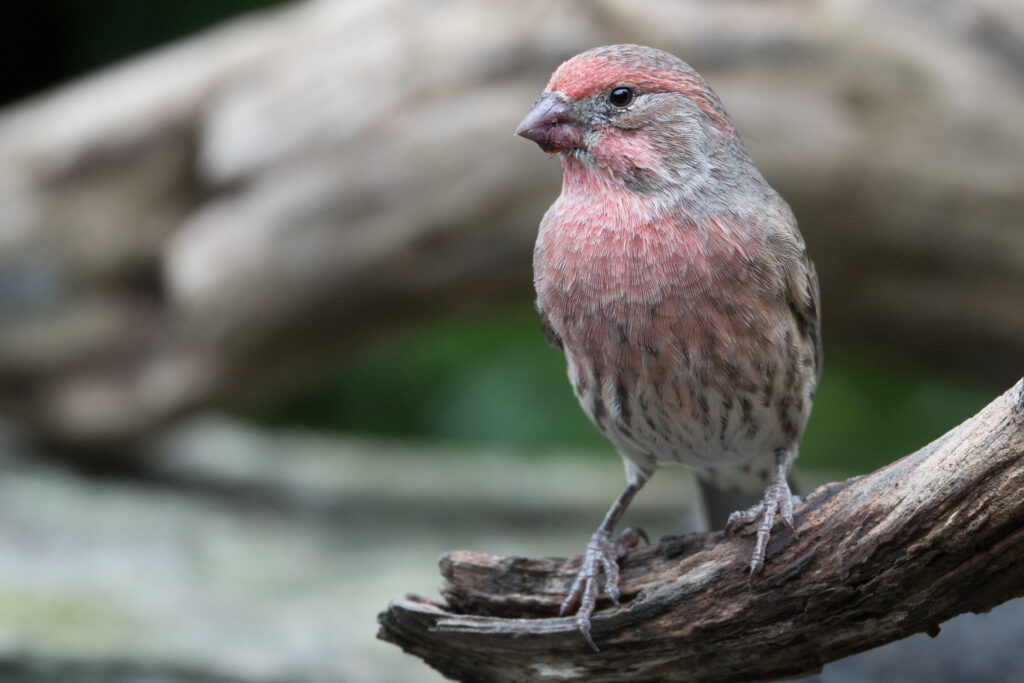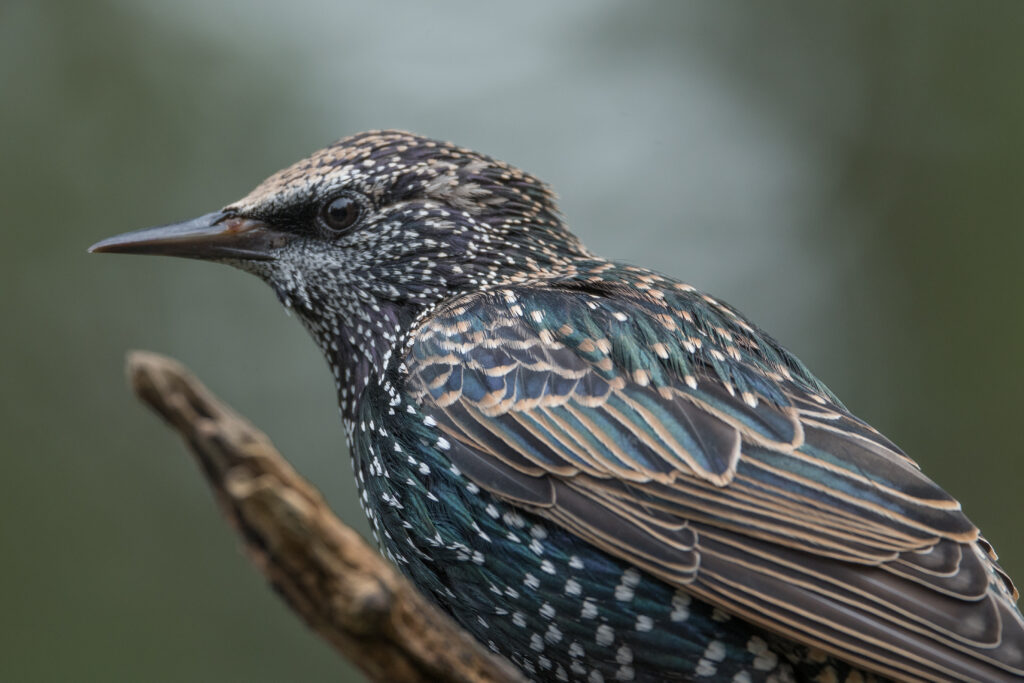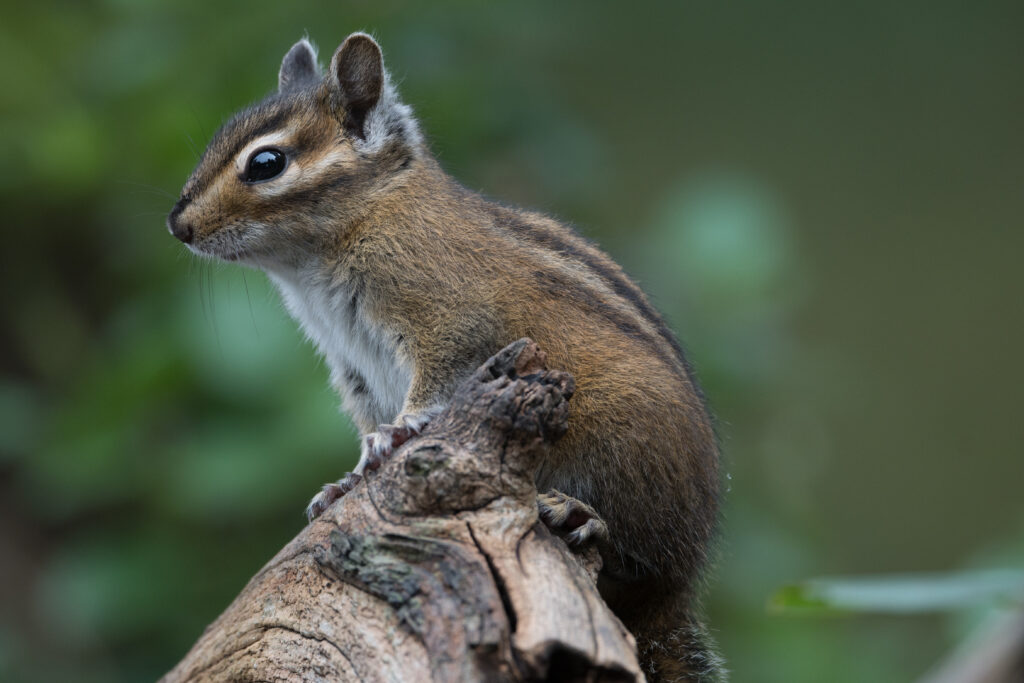The birding photography opportunities have been coming so fast and steadily that I haven’t had much time to keep up with my blog posts. On October 28 I noticed a large number of American robins assailing neighborhood madrone trees so I drove up the street about a block and used my car as a blind to photograph the feeding. I took over 300 photographs this day and at least half of them were of robins in the madrone trees.
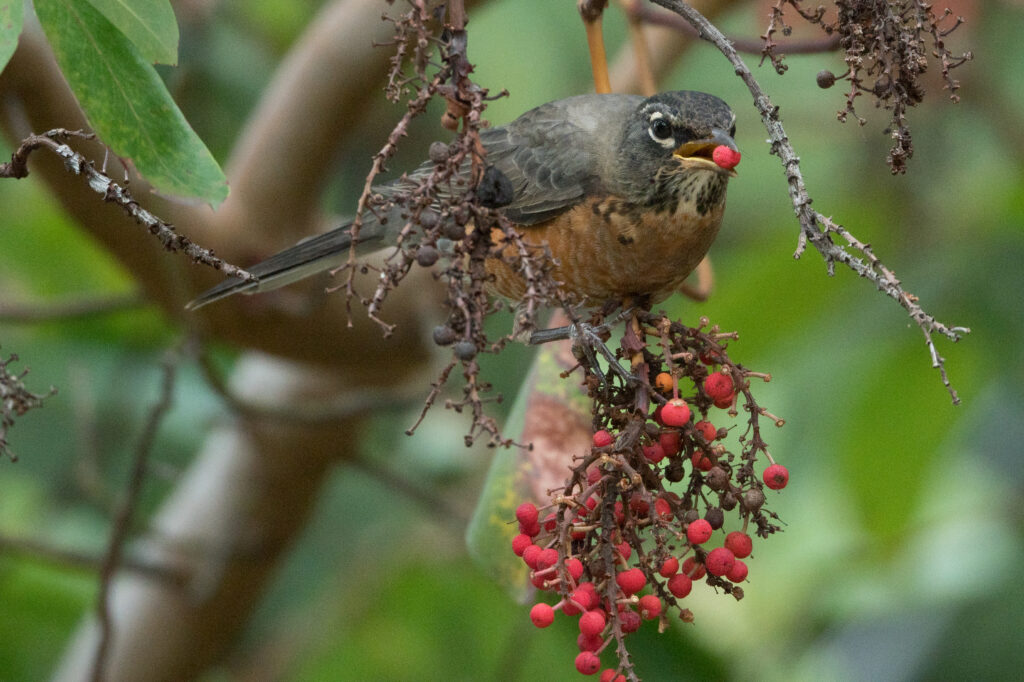
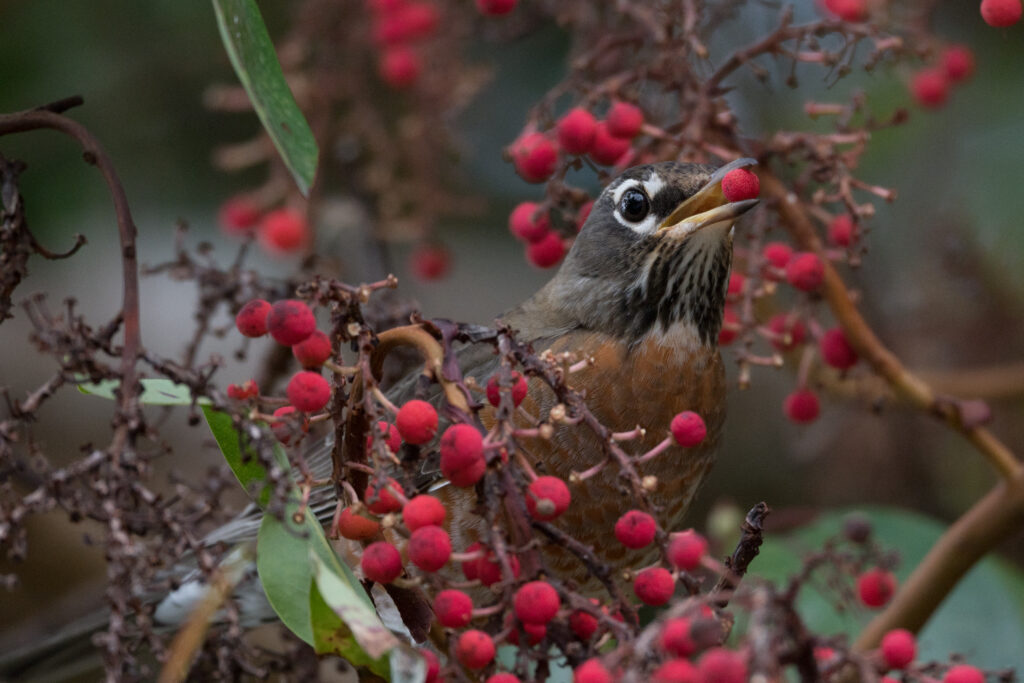
While photographing the robins this male House sparrow flew to the top of a nearby bush and presented a classic pose.
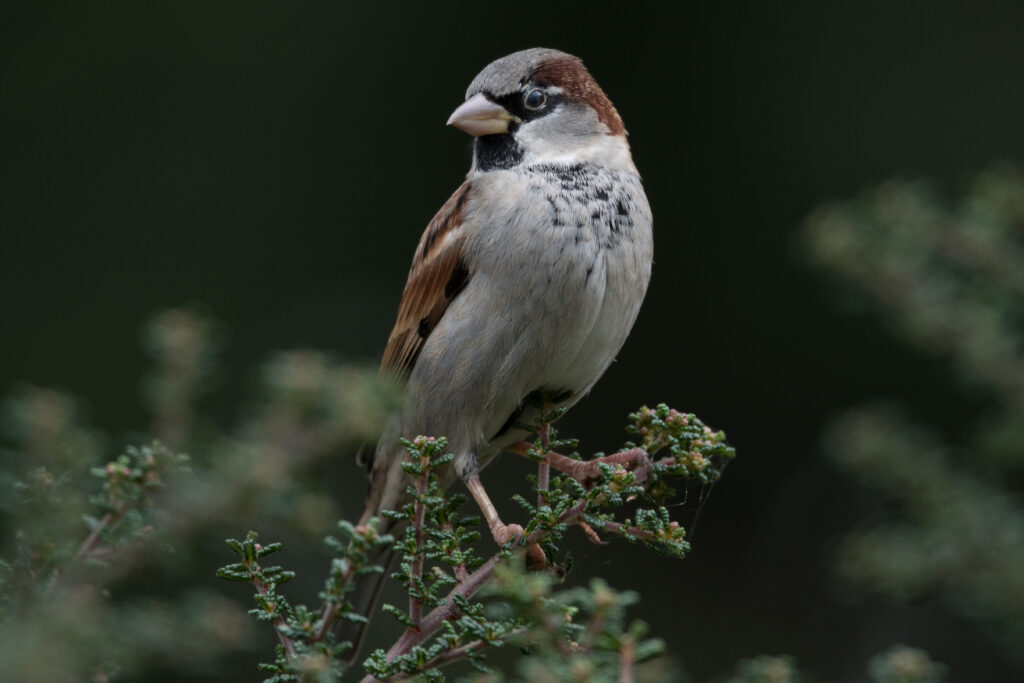
Back in the yard, this Fox sparrow visited for a drink from our stone bird bath.
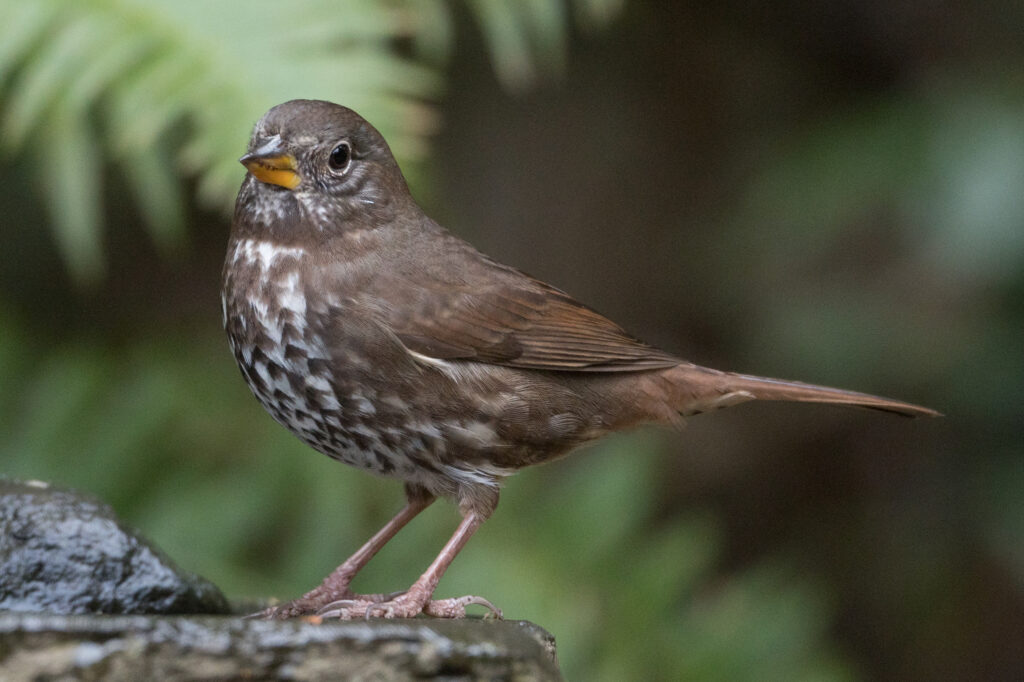
This male Hairy woodpecker is probably the same one you saw in my last post, ie, the only one coming to the yard these days. We hope a female shows up before next spring so that this guy doesn’t have to leave the area to find a mate as apparently happened this year. Incidentally, the woodpecker is on a dead tree/branch that I appropriated elsewhere and ‘planted’ in the yard for a staging stick. I think you’ll agree that it serves its purpose.
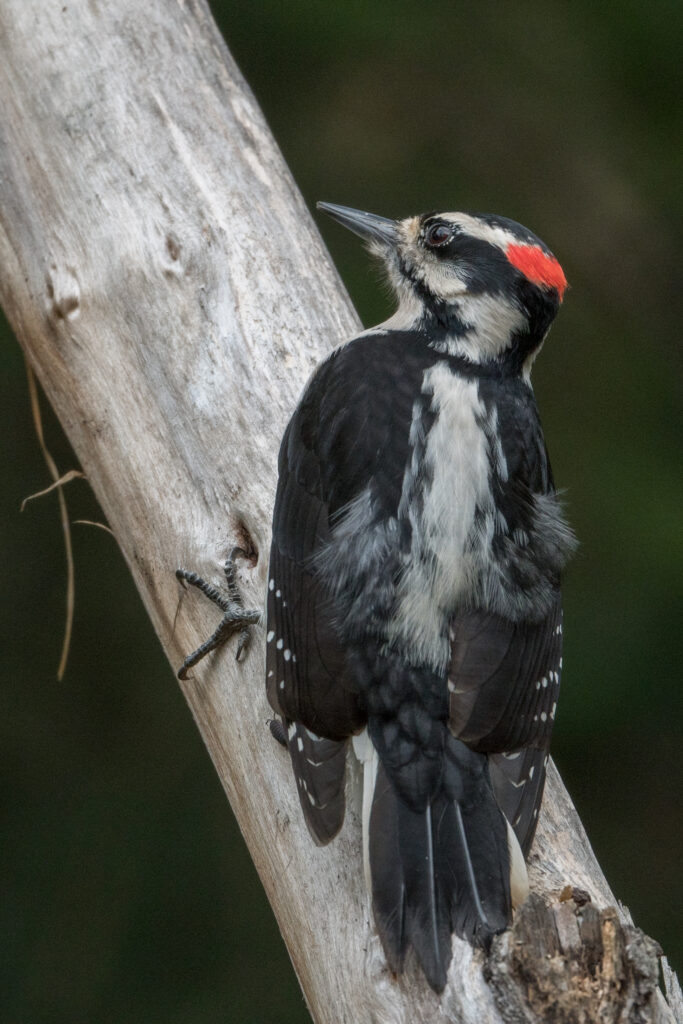
This Bewick’s wren enjoys the suet feeder, mostly feeding off scraps that fall to the ground under the feeder. But the wren is not beyond making a quick trip up to the feeder if it runs out of food below. It uses this rock, on which it is perched, as a launching pad for it’s trip up to the inverted feeder. Knowing the wren likes this rock allowed me to get about a dozen photos on just one of its visits.
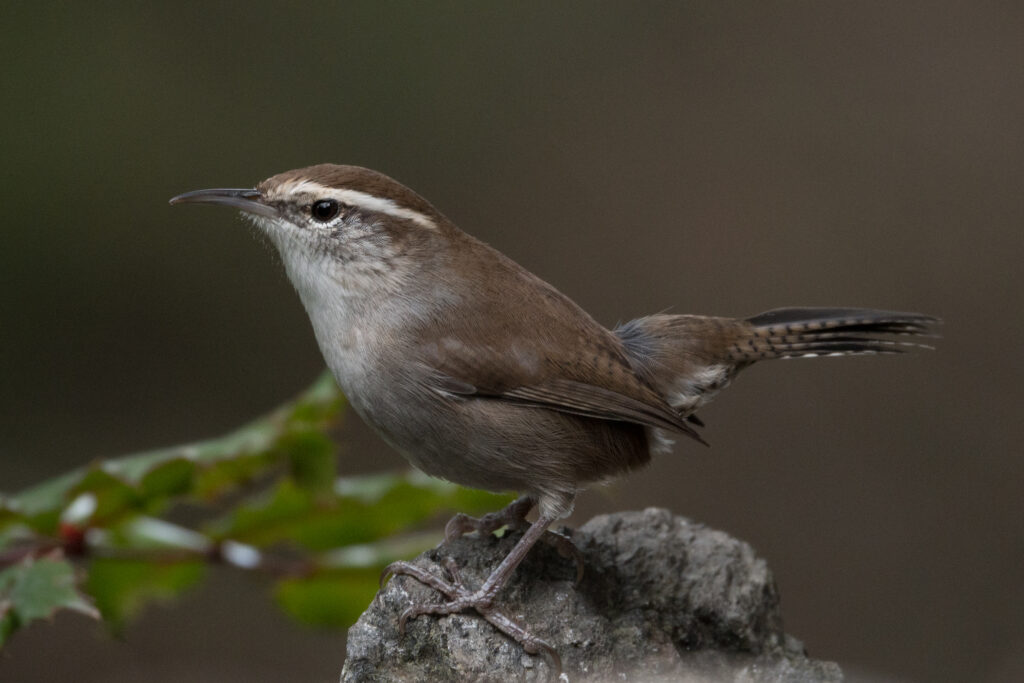
This was a big day for visits from female Red crossbills, although I never saw the male. I think this first photo is of a juvenile, the next photo is probably an adult female, and the third photo is apparently of a mature female.
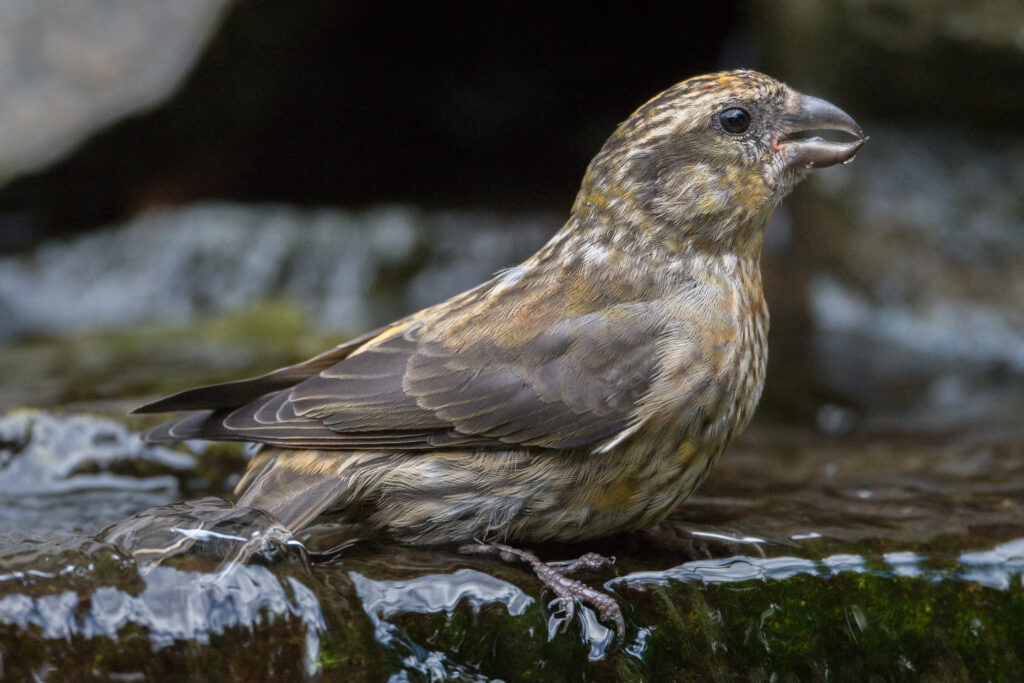
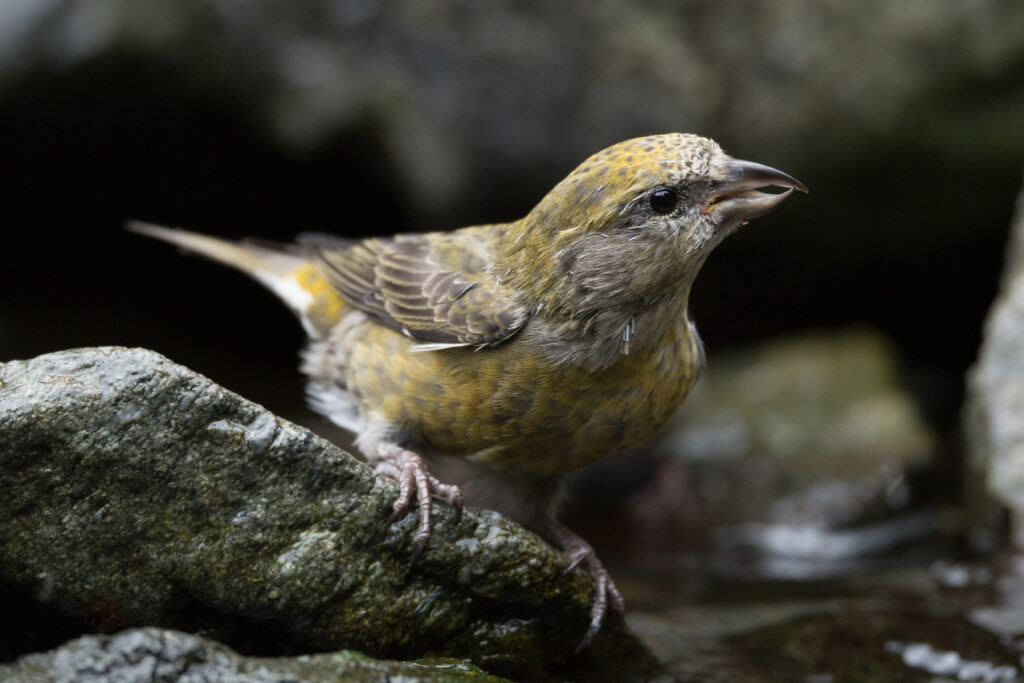
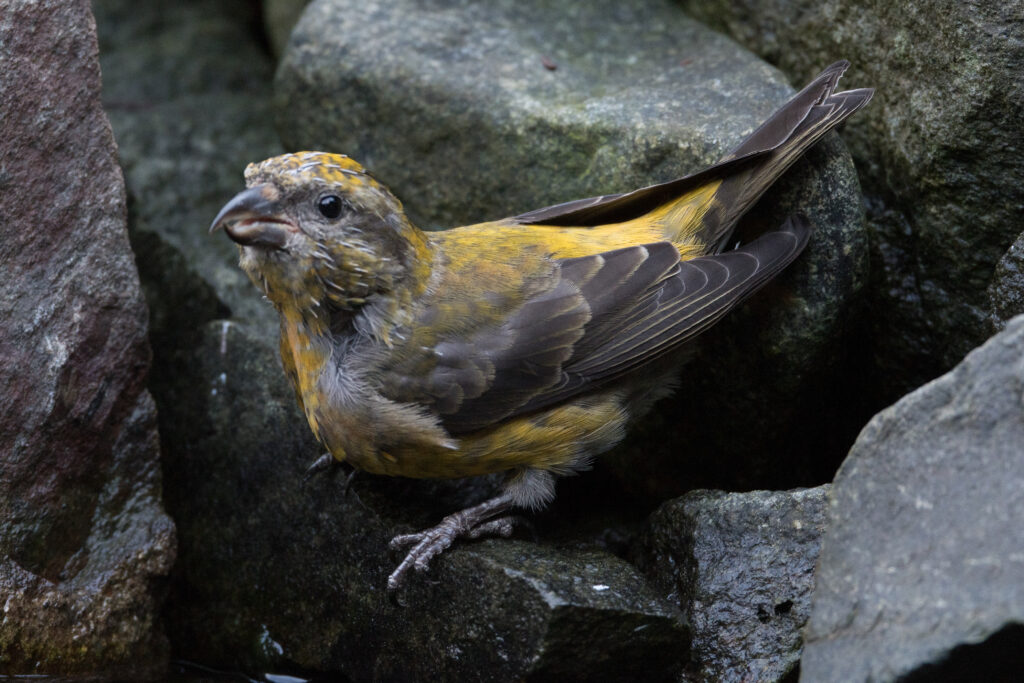
Finally… (you’ll remember from prior posts there’s always a “finally”), here’s a photo of one of my companions (a Townsend’s chipmunk) who keeps me company from time to time. It doesn’t look like he/she will be suffering any food shortages this winter, although temporary food storage problems may present a challenge!
